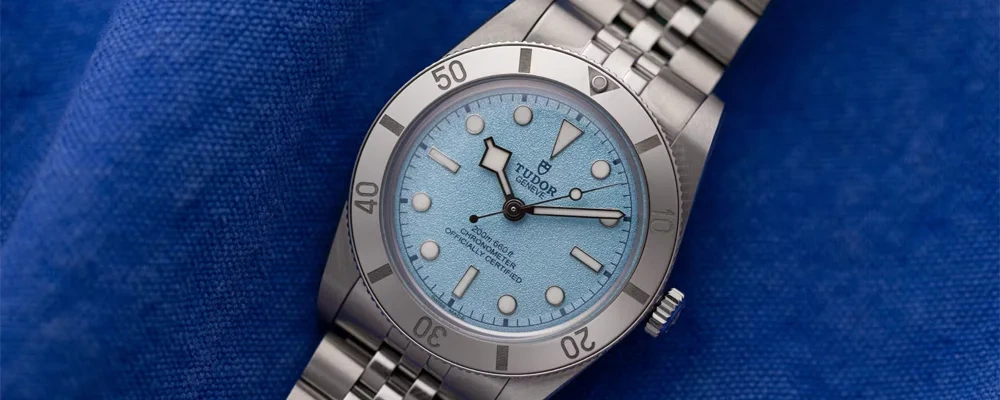Is a Gym Session With Your Rolex a Good Idea?
Mechanical calibers are marvels of engineering, crafted with precision and care. However, when it comes to pairing these intricate timepieces with an active lifestyle, there are some questions. Can these delicate gears and components withstand the rigors of a workout? Well, it's a bit of a dance, and the answer depends on various factors.
Photo source: Rolex
In theory, most modern watches should handle the strains of popular sports reasonably well. Yet, there are risks to consider.
Photo source: Jacob Owens
Risk 1: Shocks
Extreme jolts and centrifugal forces, prevalent in sports like tennis or golf, can disrupt the delicate synchrony of watch mechanics. Activities like cycling on uneven terrain or taking a tumble on the slopes pose similar challenges. Even an accidental bump against a dumbbell or a ball can have adverse effects. For instance, a hit to the crown can damage the winding stem or seal. If your watch sports a sapphire glass, there's the added risk of shattering upon serious impact.
Photo source: Rolex
Back in the 1930s, Jaeger-LeCoultre presented an ingenious solution: the Reverso. Its reversible case allowed wearers to flip it over, providing an extra layer of protection.
Photo Source: Jaeger-LeCoultre
Additionally, ensure your watch case is securely fastened to the band. A broken spring bar during impact could leave your case vulnerable. NATO bands offer an excellent secure hold.
Photo source: WatchBandit
Risk 2: Moisture
Water sports are a given, but even in endurance activities like jogging, interval training, or weightlifting, sweat can be a factor. While 30 meters (98 feet) of water resistance might suffice for most cases, opting for a watch with at least 100 meters (328 feet) of water resistance is a safer bet. With this level of protection, you can even take a worry-free swim.
Photo source: Serena Repice Lentini
Suitable Gym Watches
Swiss luxury brand Richard Mille offers durable sports watches - that we all know. Tennis legend Rafael Nadal is a fan and regularly sports their watches on the court. These timepieces, crafted from a special carbon and quartz alloy, are lightweight and resilient. The movements, as seen in the RM-27 series, are designed to handle forces exceeding 5,000 g, making them nearly impervious to even Nadal's formidable forehand.
Photo source: Richard Mille
Rolex models like the Submariner, Explorer, and Daytona are quintessential luxury sports watches known for their robustness and reliability. Incorporating proprietary technologies like the Parachrom hairspring and Paraflex shock absorber, they offer great protection against shocks.
Photo source: Rolex
The Omega Seamaster and Speedmaster also hold revered status in the world of sports watches. The Speedmaster Professional, famous as the first watch on the Moon, is a classic choice. Seamaster models like the Diver 300M and Planet Ocean 600M are cherished for their durability and precision, beloved by water sports enthusiasts and beyond.
Photo source: Omega
In conclusion, wearing a mechanical watch during sports is a personal choice. It's crucial to consider the risks and choose a watch that aligns with your activities. If the potential hazards give pause, robust quartz or purpose-built fitness watches offer reliable alternatives, ensuring you stay on track, whether counting reps or tracking time.
Related Articles
Richard Mille re-releases their signature model in titanium - is it a good choice?
